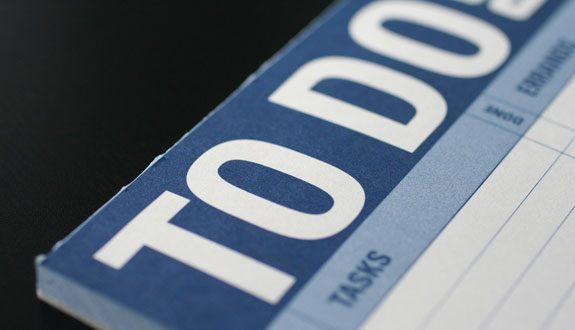by Zack Baldwin
The previous LSAT calendar was really rough on college students, particularly those who took the June and December examinations. Typically, we found students who were not in college were at a slight advantage when studying for the LSAT because their scheduling didn’t place particular burdens at those times of year. Too many times Next Step students would need to skip a week or two of tutoring just before the test to study for finals or write their final papers. Not exactly the most convenient time to take a break from your prep.
The new LSAT dates, which can be viewed for the 2018-2019 testing cycle, help to remedy this issue for the overburdened college students. While the June exam remains in place, the December exam has been “split” into a November and a January test date, alleviating some of the stress for students who are taking an LSAT AND studying for final exams. Some students may still find the November test date difficult; the January test date affords college students the entire winter break to prepare – time they may feel they need. The September test date has been pushed up to coincide with the very beginning of most colleges’ fall semester, thus giving students the summer to prepare without having to worry about schoolwork.
For night owls, the test times haven’t changed favorably – all of the new test dates expect test takers to arrive by 8:30 AM, and the June exams – still held in early June and now late June as well, both on a Monday – remain the only afternoon examinations.
This change is another significant adjustment LSAC has made since Harvard Law School’s announcement that it would now consider applicants who submitted a GRE score instead of an LSAT score (the other major change LSAC has made was the removal of the rule that a test taker could only take the LSAT three times in two years: now, a test taker can take the LSAT six times in one year!) In May 2017, LSAC held a trial for a digital version of its examination, administered on tablet, signaling a possible shift from paper-and-pencil to a digital format, a change the GRE and the GMAT made over a decade ago.
With these changes and trials rolling out after Harvard’s announcement, we expect that the LSAT is going to continue to change in response to the decisions of Harvard Law and University of Arizona Law Schools (which made a similar announcement the year before Harvard did) to accept the GRE as well as the LSAT. What LSAC has done by offering these new test dates is to increase the accessibility of the test, and we expect future changes to further increase the accessibility or to become somewhat more like the GRE (hold your breath, applicants, a math section is not out of the question).
For now though, the changes have come entirely to the benefit of test-takers: more test dates, less conflict with college schedules, and the opportunity to sit for the LSAT even more times (what fun!). However, we anticipate that the LSAT will continue to change in the next 2- 3 years.



